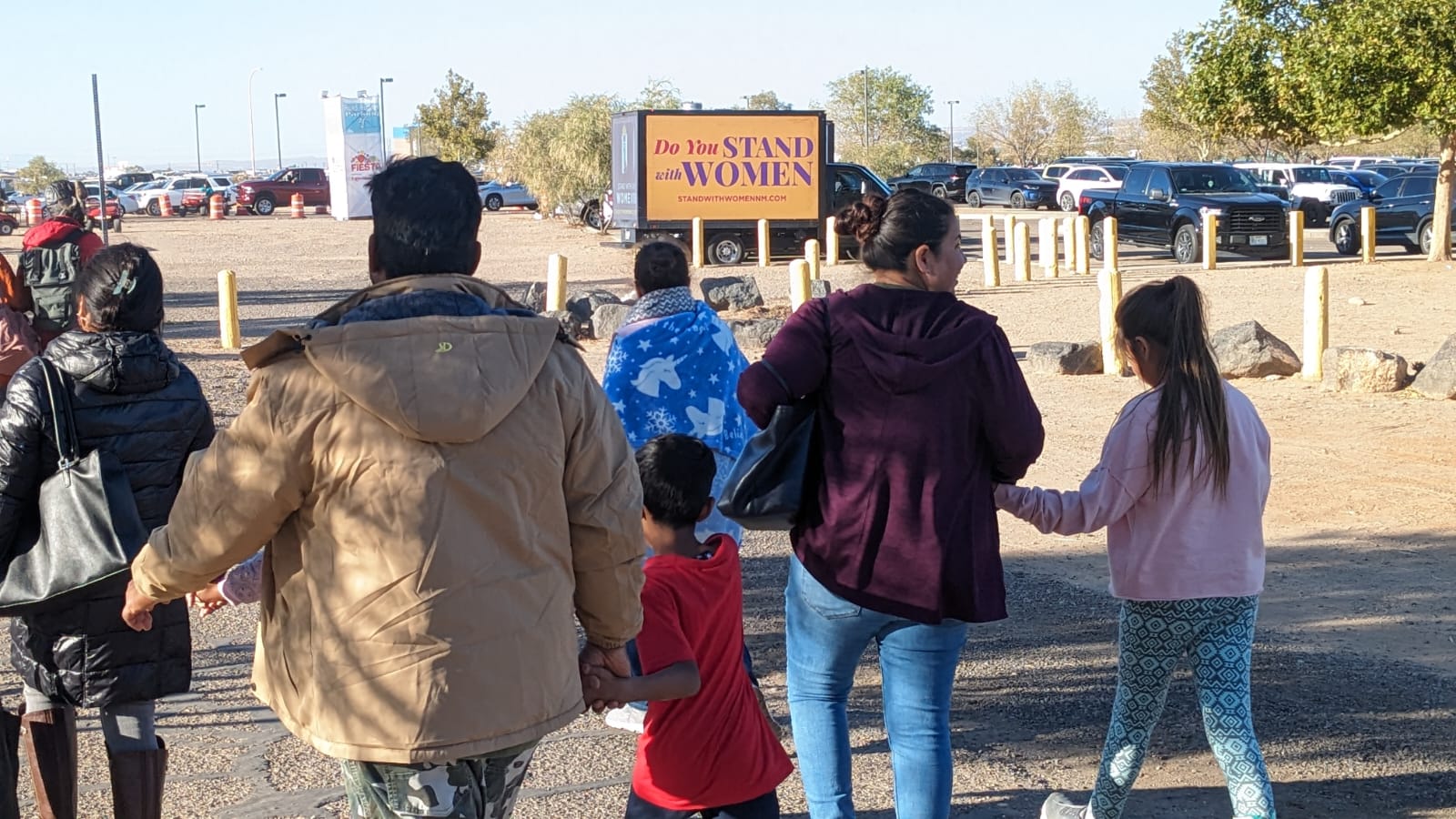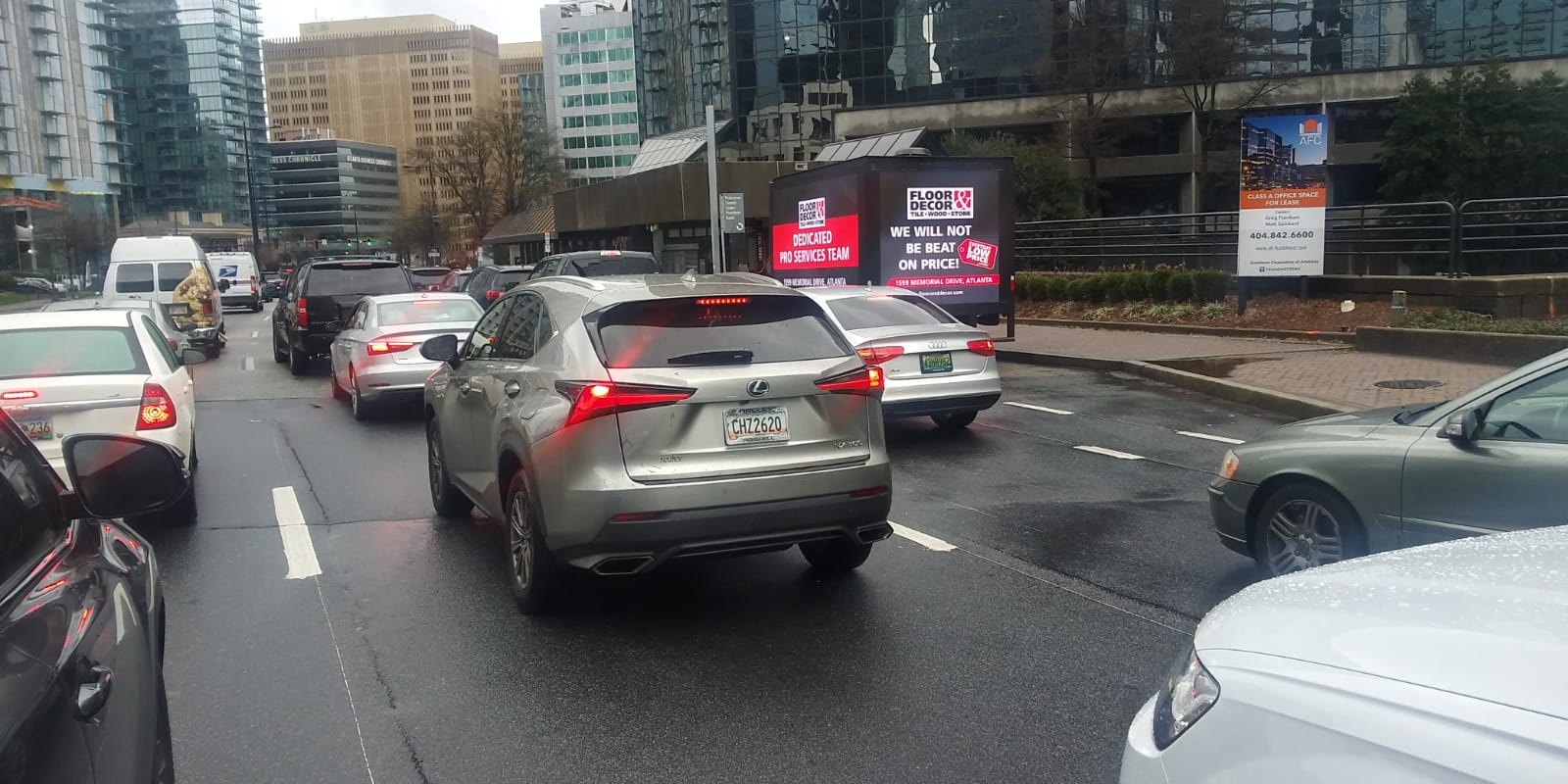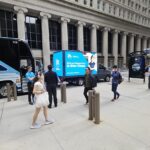All About Mobile Digital Billboards – Questions Answered
Mobile digital billboards have become a favorite advertising tool for many businesses, offering some distinct advantages over traditional, static billboards. These innovative signs leverage the mobility of trucks and the dynamic nature of digital displays to reach a wide and diverse audience. In this article, we’ll explore various aspects of mobile digital billboards, including their effectiveness, how they work, their size, best practices for including contact information, the legality of QR codes, the relevance of digital billboards today, and how to rent a billboard truck.
How Effective Are Mobile Digital Billboards?
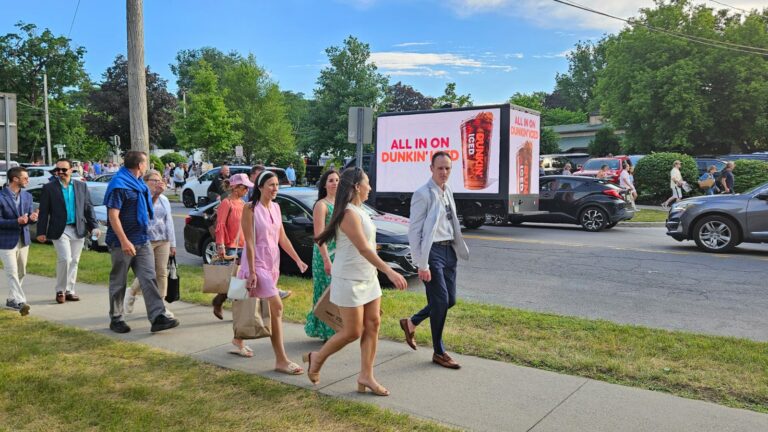
Mobile digital billboards are incredibly effective for several reasons. First, they combine the visibility of traditional billboards with the flexibility of mobility, allowing advertisers to target specific areas and demographics more precisely. Unlike static billboards that rely on passersby in a fixed location, mobile billboards travel through high-traffic areas, events, and neighborhoods, ensuring maximum exposure.
Studies have shown that mobile digital billboards capture attention much better than static ones. Their bright, dynamic displays are hard to ignore and can show multiple ads in a loop, increasing viewer engagement. According to the Outdoor Advertising Association of America (OAAA), mobile billboards have a recall rate of 97%, significantly higher than traditional outdoor advertising.
Moreover, mobile digital billboards offer real-time flexibility. Advertisers can change their messages quickly to reflect current promotions, events, or news, keeping their content relevant and timely. This adaptability is particularly beneficial for businesses looking to launch time-sensitive campaigns or respond to market changes.
How Does a Mobile Billboard Work?
Mobile billboards work by mounting digital screens on the sides of trucks or other large vehicles. These screens are typically high-resolution LED displays capable of showing vibrant, moving images and videos. The trucks then travel through predetermined routes or targeted areas, displaying advertisements to pedestrians, motorists, and public transportation users.
The process starts with designing the ad content, which can include static images, animations, or videos. This content is uploaded to the digital screens via a centralized control system. Advanced mobile digital billboards can be tracked and managed remotely, allowing advertisers to update content and monitor performance in real-time.
The trucks are strategically driven through high-traffic zones such as downtown areas, shopping districts, and event venues to maximize visibility. GPS technology often plays a role in route planning, ensuring that the trucks cover areas with the highest potential reach.
What Size Is a Mobile Billboard?
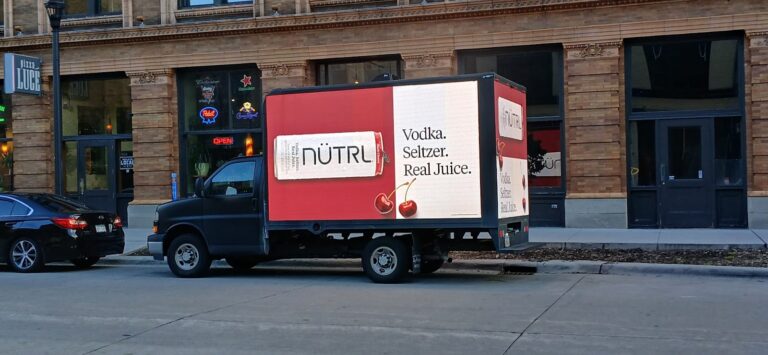
The size of a mobile billboard can vary, but most are designed to maximize visibility while fitting within the dimensions of a standard truck. Common sizes for mobile digital billboards include:
- Small Trucks: Typically feature screens measuring around 6 feet by 10 feet. These are ideal for navigating tight city streets and targeting specific urban areas.
- Medium Trucks: Feature screens measuring approximately 10 feet by 20 feet. These offer a good balance between visibility and maneuverability.
- Large Trucks: Feature screens that can be as large as 14 feet by 48 feet, similar to traditional highway billboards. These trucks are used for high-impact campaigns that require maximum visibility.
The choice of size depends on the campaign objectives, target locations, and budget. Larger screens are more eye-catching and can display more detailed content, but smaller screens can be more agile and versatile in navigating different environments.
Should You Put a Phone Number on a Billboard?
Including a phone number on a mobile digital billboard can be an effective way to encourage direct engagement from potential customers. However, the decision to include a phone number should be based on the campaign’s goals and the complexity of the phone number itself.
When adding a phone number to a billboard, consider the following tips:
- Simplicity: Use a simple, easy-to-remember number. Avoid complex numbers that are hard to recall after a brief glance.
- Readability: Ensure the phone number is displayed in a large, clear font that contrasts with the background. It should be legible from a distance.
- Call to Action: Pair the phone number with a strong call to action, such as “Call Now” or “Text for More Info,” to prompt immediate response.
For campaigns where immediate customer interaction is crucial, such as promotions or limited-time offers, including a phone number can be highly beneficial. However, for brand awareness campaigns, a memorable website URL or social media handle might be more appropriate.
Is It Legal to Put a QR Code on a Billboard?
Yes, it is legal to put a QR code on a billboard, including mobile digital billboards. QR codes offer a convenient way for viewers to engage with the advertisement by scanning the code with their smartphones. This can direct them to a website, landing page, or special offer, enhancing the effectiveness of the campaign.
When incorporating a QR code into a billboard design, keep these best practices in mind:
- Size and Placement: Ensure the QR code is large enough to be scanned from a distance and positioned in a prominent location on the billboard.
- Call to Action: Include a clear call to action, such as “Scan Here for More Info,” to encourage viewers to take action.
- Testing: Test the QR code to ensure it works properly and leads to the intended destination.
QR codes can bridge the gap between physical advertisements and digital interactions, providing a seamless way for consumers to engage with brands.
Are Digital Billboards Outdated?
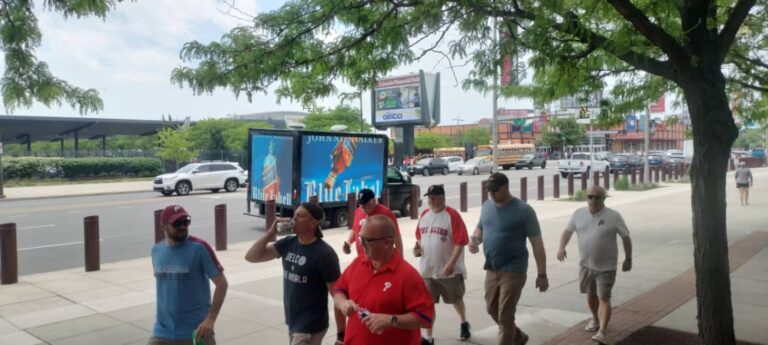
Despite the rise of digital marketing channels, digital billboards are far from outdated. In fact, they continue to play a vital role in the advertising ecosystem due to their high visibility, broad reach, and ability to deliver dynamic content.
Digital billboards, including mobile digital billboards, offer several advantages over traditional media:
- Real-time Updates: Advertisers can change content quickly to reflect new promotions, events, or market trends.
- High Engagement: Bright, moving displays capture attention more effectively than static images.
- Targeted Advertising: Mobile digital billboards can reach specific demographics and areas, making them highly effective for local marketing.
While digital marketing channels like social media and online ads have their place, the physical presence and wide reach of digital billboards ensure they remain a relevant and powerful advertising medium.
How to Rent a Billboard Truck
Renting a billboard truck involves several steps to ensure a successful advertising campaign. Here’s a guide to help you get started:
- Define Your Campaign Goals: Determine what you want to achieve with your mobile digital billboard campaign, whether it’s brand awareness, lead generation, or promoting a specific event or offer.
- Choose the Right Size: Select the appropriate truck size based on your campaign goals and target locations. Consider the visibility and impact required.
- Design Your Ad: Create engaging and visually appealing content. Ensure it’s clear, concise, and includes any necessary contact information or calls to action.
- Select a Provider: Research companies that specialize in mobile digital billboards. Look for providers with a good track record, positive reviews, and the ability to cover your desired locations.
- Book the Truck: Contact the provider to discuss availability, pricing, and any specific requirements you have. Confirm the booking and provide your ad content.
- Monitor the Campaign: Once the campaign is live, track its performance. Many providers offer tracking and reporting tools to help you measure the campaign’s effectiveness.
For a reliable and experienced provider, consider contacting Can’t Miss US. They offer a range of mobile digital billboard options and have a proven track record of delivering successful campaigns.
In conclusion, mobile digital billboards are a highly effective and versatile advertising medium. They combine the visual impact of digital displays with the mobility to reach diverse audiences, making them a powerful tool in any marketer’s arsenal. Whether you’re looking to promote a local event, launch a new product, or increase brand awareness, mobile digital billboards can help you achieve your goals with style and impact.
Recommended Posts
Using Mobile Billboards for Political Messaging
Mobile billboards have been used since their invention for political messaging, and they are amazing at it. Mobile billboards allow you access into areas that are very difficult or impossible toreach with traditional out-of-home (OOH) media. Digital mobile billboards generate publicity and engagement throughout communities. With huge platforms, like Google and Twitter,...
Read MoreMaximizing Local Impact: The Power of Mobile Billboards for Your Business
The advertising landscape has evolved. Businesses are constantly seeking innovative ways to reach their target audience. One method that has proven to be highly effective, especially for local businesses, is the use of mobile billboards. These dynamic advertising platforms offer a unique set of advantages that can significantly impact your...
Read MoreIs Mobile Billboard Advertising Effective?
When we think of mobile billboard advertising, you may have an image of a semi-truck with a trailer having a huge poster or a logo. You may also think of a heavy vehicle in the shape of your favorite energy drink. But did you know that 96% of people can...
Read More


